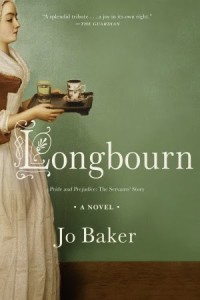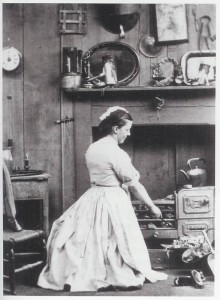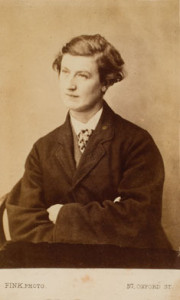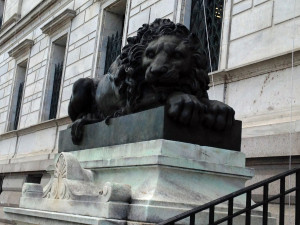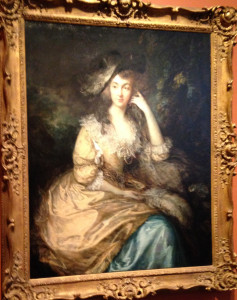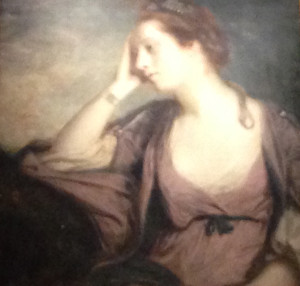Diane here.
 Today my friend, Sally MacKenzie returns to Risky Regencies to talk about her latest, Loving Lord Ash, the third book in her Duchess of Love series.
Today my friend, Sally MacKenzie returns to Risky Regencies to talk about her latest, Loving Lord Ash, the third book in her Duchess of Love series.
See what reviewers are saying about Loving Lord Ash:
“Readers will love being treated to this lively, hilarious Regency romp in MacKenzie’s Duchess of Love series and will want all three books.” —Booklist
 “MacKenzie entices her readers into a funny, romantic tale with her protagonists at cross purposes, sizzling sensuality, a touch of poignancy and a surprise twist. This all adds up to a delightful read.” —RT Book Reviews
“MacKenzie entices her readers into a funny, romantic tale with her protagonists at cross purposes, sizzling sensuality, a touch of poignancy and a surprise twist. This all adds up to a delightful read.” —RT Book Reviews
Sally will generously give away a signed copy of Loving Lord Ash to one lucky commenter chosen at random.
Welcome, Sally!
Tell us about Loving Lord Ash
Here’s the back cover copy:
A Little Misunderstanding…
Kit, the Marquis of Ashton, is in a sticky wicket. He married young and for love—how naïve. He discovered his mistake the very day of his wedding, but he is saddled now with a wife he’s reluctant to trust. And however much evidence he gathers against faithless Jess, he can’t seem to prove her guilt to the final judge—his foolish heart.
Jess knows she’s bobbled her marriage, however innocently. A fairytale wedding makes no difference if she hasn’t got the marquis charmed to show for it. Well, she’s had enough of accidental encounters with naked gentlemen and near misses explaining things to her husband. It’s time to buck up and go win her man back—even if she has to fight very dirty indeed.
***
I’m excited to say that Booklist gave Ash a starred review! And Eloisa James included Loving Lord Ash in her Romance Reviews column on March 3, “SF (Not) Seeking M.” You can find it here: http://bnreview.barnesandnoble.com/t5/Reading-Romance/SF-Not-Seeking-M/ba-p/12449
How does Loving Lord Ash fit into your Duchess of Love series?
Ash’s book is the last in the series and is about the oldest son—the heir to the duchy. Readers met Ash in the first book, Bedding Lord Ned, where they learned that he and his wife, Jess, have been estranged for years. He appears again in the opening pages of Surprising Lord Jack, but then he leaves to finally settle the question of his marriage. He’s just turned thirty; he needs to see to the succession.
A smart writer would have figured out why Ash and Jess were estranged before beginning the series. Apparently, I am not a smart writer. Or let’s just say I appear to be a confirmed “pantser.” I don’t plan in detail before I begin writing—no outlines for me! Instead, I trust my characters to show me the way. Sadly, Ash was rather uncooperative; he didn’t want to give up his secrets. He and I had to have a long talk about why he and his wife were separated before I could begin his story.
Did you come across any interesting research when writing Loving Lord Ash?
Yes! I wanted Jess to have a large dog. For a while I considered a wolfhound, but decided I liked a Newfoundland better. But were there Newfoundlands during the Regency? I’m delighted to say there were. Though they probably didn’t look exactly like modern Newfies, which is why I never come right out and say Fluff is a Newfoundland. He’s just a very large, black dog. BUT—Lord Byron had a Newfie! More than one Newfie, actually, as well as a number of other pets including a bear and a badger.
Byron’s most famous Newfie was Boatswain who died of rabies and with whom Byron wished to be buried. (Didn’t happen.) Bryon buried Boatswain at Newstead Abbey and erected a monument over the tomb on which he inscribed his “Epitaph to a Dog.” This site has a lot of fun information, though the poem quoted seems to be the opening lines that were actually written by Bryon’s friend, John Hobhouse: http://www.londondogforum.co.uk/lord-byrons-dog-boatswain-c753.html
What is risky about Loving Lord Ash?
Hmm. I’m not sure there’s anything terribly risky about Ash—or at least, not if you’re a “Naked reader” and used to my humor. This book has a group of gay characters, but that doesn’t really strike me as risky, though it might seem unusual to some readers. And I should say that they are secondary characters—I don’t focus on their love lives, though I know there’s a subgenre in romance today that does.
What’s risky—or I guess tricky might be a better word—to me about the entire Duchess of Love series is the way the books are closely linked. My Naked books were connected, too, but in a more haphazard way. When I planned—I suppose I should put quotation marks around that word—the Duchess of Love books, I decided they would all follow after the other in a comparatively short time frame. So Surprising Lord Jack picks up right where Bedding Lord Ned ends. Loving Lord Ash is a little more complicated. Ash appears in the beginning of Jack’s book, but then he leaves to go to Blackweith Manor and confront Jess. So the beginning of Loving Lord Ash takes place during Jack’s book. The reader doesn’t see this, but I needed to keep it in mind so the timing of Ash’s book would work out. Roughly halfway through Loving Lord Ash, Ash and Jess arrive in London—just shortly after Jack’s book ends.
I’ve heard you’ve just become a grandmother. Are you excited?
Can’t you see me jumping up and down? My eldest and his wife had twins—a boy and a girl—at the beginning of February. The babies are SO cute. And, no, I’m not at all prejudiced.
There’s actually a link between grandmotherhood and the Duchess of Love stories. I started writing the series back in 2009 or 2010. At that time, my oldest son was married. Now two of the four have wives. And after wives come…well, for me, thoughts of maybe someday grandchildren. And things that I’m thinking about sometimes find their way into my characters’ heads. So Venus, the Duchess of Love, has been longing for her sons to have children first because she wants them to experience all the emotions fathers feel for their children—and, of course, Ash needs a son to secure the succession—but then, yes, because she’d like to be a grandmother. And you’ll see when you read Loving Lord Ash, she gets her wish.
But books are written long before they arrive in bookstores. It wasn’t until after I’d finished Loving Lord Ash and handed it in, that my son and daughter-in-law told me they were expecting. (And you should have heard son’s voice when he called to tell us they’d heard TWO heartbeats. He was quite, um, surprised, lol!)
What is next for you?
I’ve just agreed to write a new series for Kensington. It’s very early days, so I can’t say too much about it yet. Right now, I’m calling it the Spinster House series and setting it in Loves Bridge, an imaginary village. It turns out our September trip to England was very inspiring!
By the way, you might have noticed that the dog on the cover of Loving Lord Ash is not a Newfie. Apparently the art department felt that a large dog would take over the cover–and they were probably right. I like to think this dog is Shakespeare, who was the main dog in Surprising Lord Jack and who does appear in Loving Lord Ash. So here’s my question: Are you a big dog or a small dog sort of person? Or are you a cat, ferret, fish, or lizard person? Tell us a funny pet story!
Diane here, again. Remember, one lucky commenter will win a signed copy of Loving Lord Ash. I’ll pick the winner by midnight Monday night.

